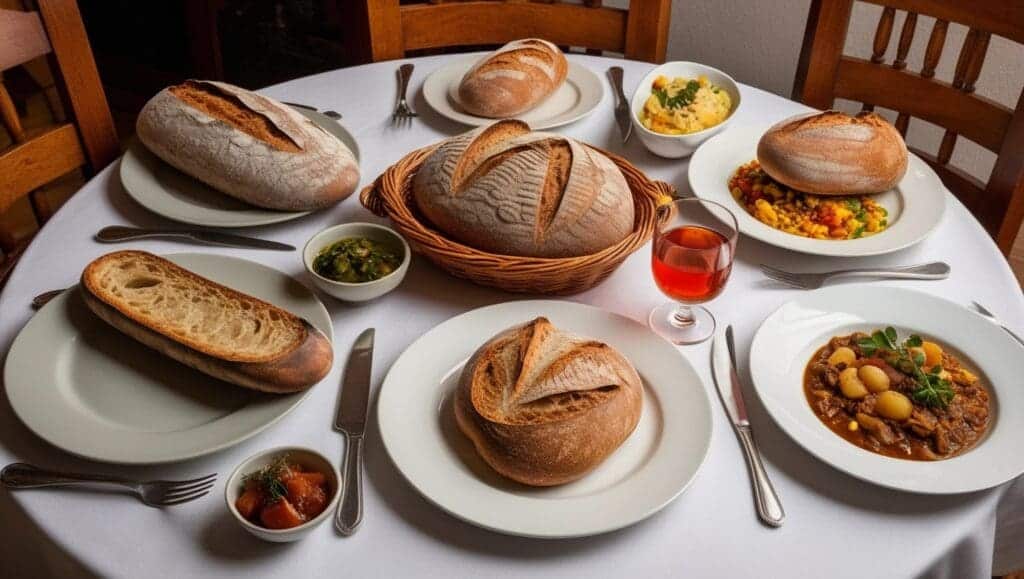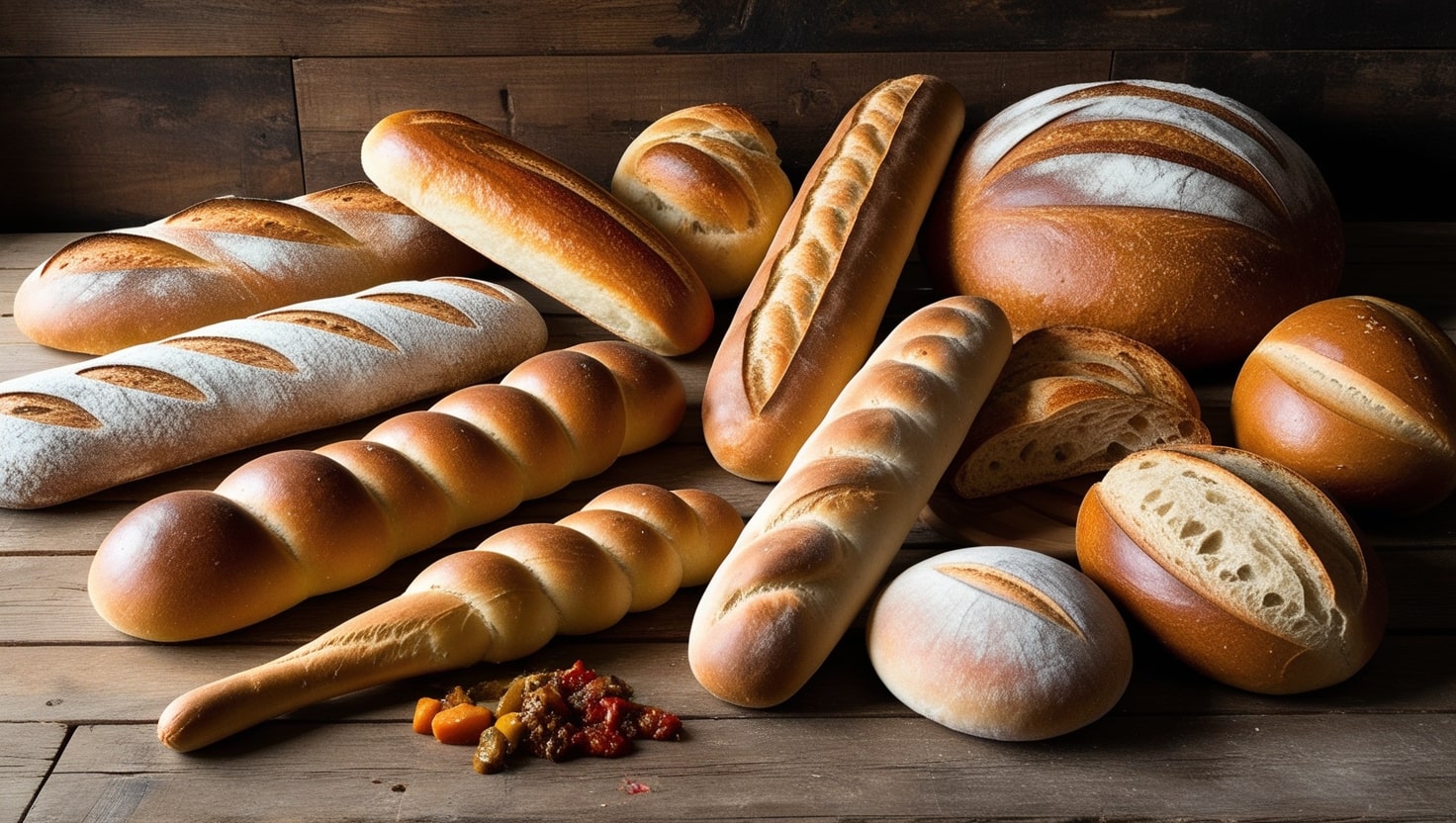Bread, in its myriad forms and flavors, holds a pivotal position in global gastronomic culture. Yet, amidst the spectacle of artisanal creations and exotic ingredients, staple bread stands as the unsung hero, offering simplicity, nourishment, and a connection to our culinary past. This article explores the essence of staple bread, its role in diet and culture, and its enduring appeal in contemporary society.

The Heart of Every Meal
Staple bread, by definition, is a basic, everyday type of bread, often characterized by its simplicity and accessibility. Whether it’s a slice of white, whole wheat, or rye, staple bread serves as the backbone of countless meals, from breakfast toasts and sandwiches to dinner rolls and breadcrumbs. Its universal appeal lies in its versatility and affordability, making it a staple in households and restaurants alike.
Nutritional Value and Health Benefits
Beyond its culinary significance, staple bread plays a crucial role in nutrition. As a source of complex carbohydrates, dietary fiber, and essential nutrients like iron and B vitamins, it provides sustained energy and supports digestive health. Whole grain varieties, in particular, offer additional benefits, including antioxidants and a lower glycemic index, which can help stabilize blood sugar levels.
In an era where processed foods dominate diets, the return to wholesome, minimally processed staple breads represents a healthy shift towards more sustainable and nutritious eating habits. Consumers are increasingly seeking out breads made with organic ingredients, free from additives and preservatives, reflecting a growing awareness of the importance of food quality.
Cultural Identity and Tradition
Staple bread is also deeply intertwined with cultural identity and tradition. From the soft, airy baguettes of France to the dense, chewy pita breads of the Middle East, each region’s staple bread reflects its history, climate, and available ingredients. These breads often serve as symbols of unity and celebration, bringing communities together through shared meals and rituals.
In many cultures, bread-making is a cherished tradition passed down through generations. The art of crafting perfect loafs, from mixing and kneading to shaping and baking, is a skill that is both taught and learned, fostering a sense of continuity and belonging.

Modern Innovations and Trends
Despite its traditional roots, staple bread is not immune to innovation. Modern bakers are experimenting with new ingredients, techniques, and flavors to create staples that cater to diverse tastes and dietary preferences. Gluten-free, low-carb, and enriched with seeds and nuts, these contemporary staples offer healthier alternatives while maintaining the comfort and familiarity of traditional bread.
Moreover, the rise of artisanal baking and the farm-to-table movement has breathed new life into staple breads, emphasizing locally sourced ingredients, handcrafted processes, and a deeper connection to the land.
Conclusion
Staple bread, in its myriad forms, embodies the essence of culinary tradition and nutrition. Its simplicity and versatility make it an indispensable part of our daily lives, while its cultural significance and evolving trends underscore its enduring relevance. As we continue to navigate the complexities of modern life, staple bread remains a constant, offering warmth, nourishment, and a reminder of our shared human heritage.













